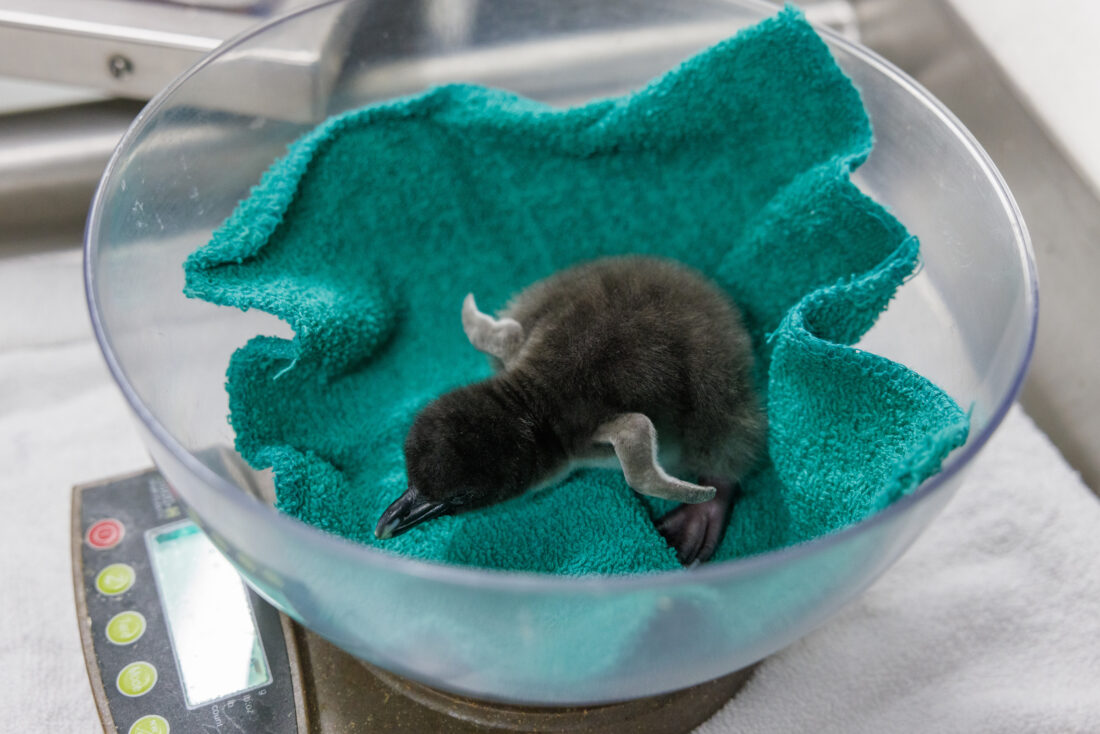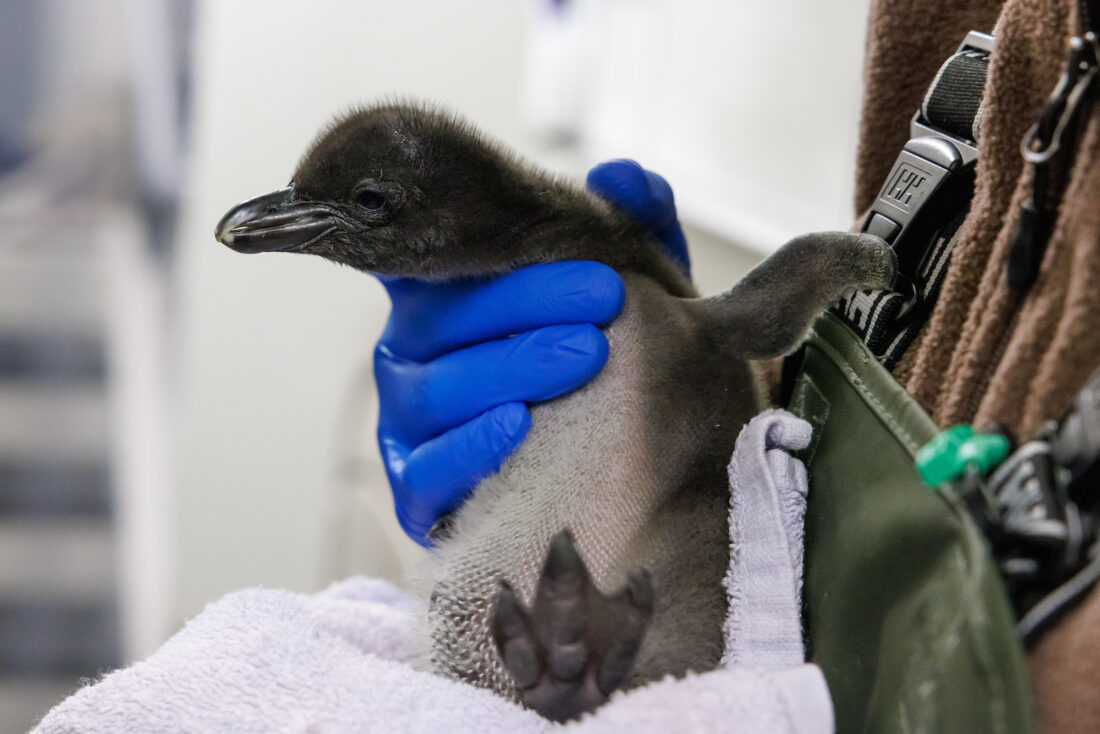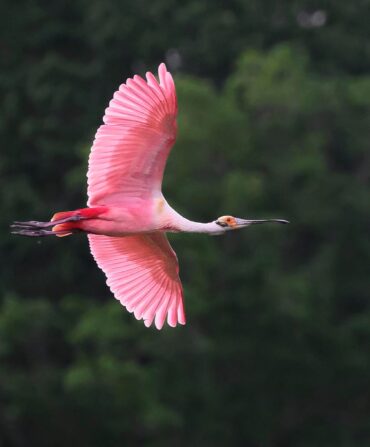On June 2, a macaroni penguin—already exhibiting what staffers describe as a type A personality—emerged after neatly cracking its egg down the middle. The downy gray and white newcomer, born to parents Bacon and Merlin, is the first macaroni penguin hatched at the Tennessee Aquarium in Chattanooga since 2019, and he (or she) is moving into the facility’s Penguins’ Rock gallery this weekend.

Though the as-yet unnamed chick is still a fluff ball, adults of the species have one defining feature: a sweeping, electric orange-yellow crest. This colorful burst of feathers atop these penguins’ heads lent them their memorable name: Early-nineteenth-century British soldiers who glimpsed the birds in the Falkland Islands were reminded of the fashionable, flamboyant feathers that men of the time tucked in their hats. (Sing “Yankee Doodle” for a memory jog.)

Macaroni penguins are native to subantarctic regions and the Antarctic Peninsula, breeding at some fifty sites, including ones in southern Chile and the Falkland, South Orkney, and South Shetland Islands. They live in large, social colonies, and pairs mate for life. Foraging trips for krill, small fish, and squid can take them to far-flung locales like New Zealand, South Africa, and southern Brazil. In the wild, they are threatened by water pollution, habitat loss, disease, and reduced food availability due to commercial fishing.

As is the case with many vulnerable species, accredited zoos and aquariums keep and breed them as part of the Macaroni Penguin Species Survival Plan. The effort ensures the existence of a genetically diverse captive population should it ever be required—plus, it means people can see the distinctive species in person. In the United States, fewer than ten institutions have them on display, and the Tennessee Aquarium is the only one in the South.
So the hatchling makes for exciting news, though it won’t be until a November check-up that the aquarium will learn if the chick is male or female. In the meantime, its parents are providing diligent care. “We’ve seen it pick up rocks multiple times in the nest, which is very impressive that it can do that at its size,” assistant curator Loribeth Lee said in a press release. “It’s been throwing them around, so it’s a strong, tough little bird.”

Already, the chick has clocked in some serious growth, going from just five ounces to three and a half pounds. (For perspective, that would be like a seven-pound human baby reaching seventy-seven pounds in less than a month.) By August, the chick will have replaced its fluffy down with water-resistant feathers ready for swimming, but aquarium-goers will have to wait a bit for the crowning glory—the macaroni crest won’t grow in for a few years.








